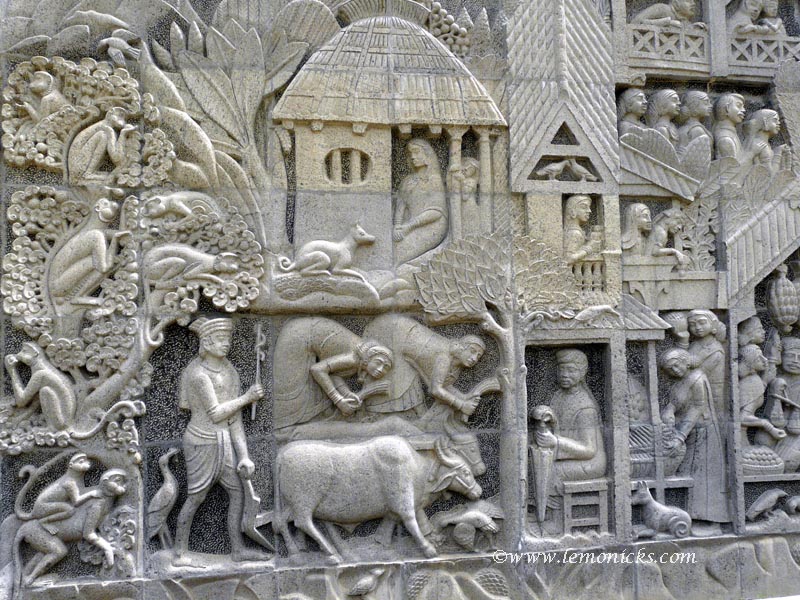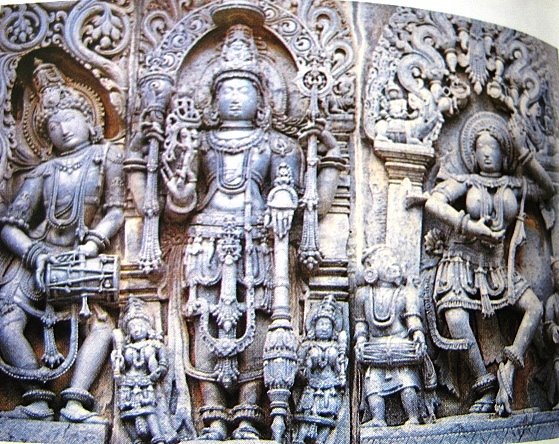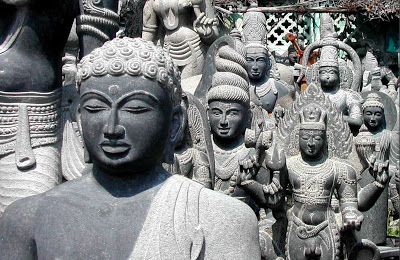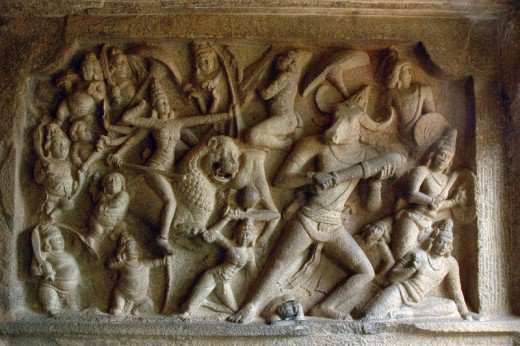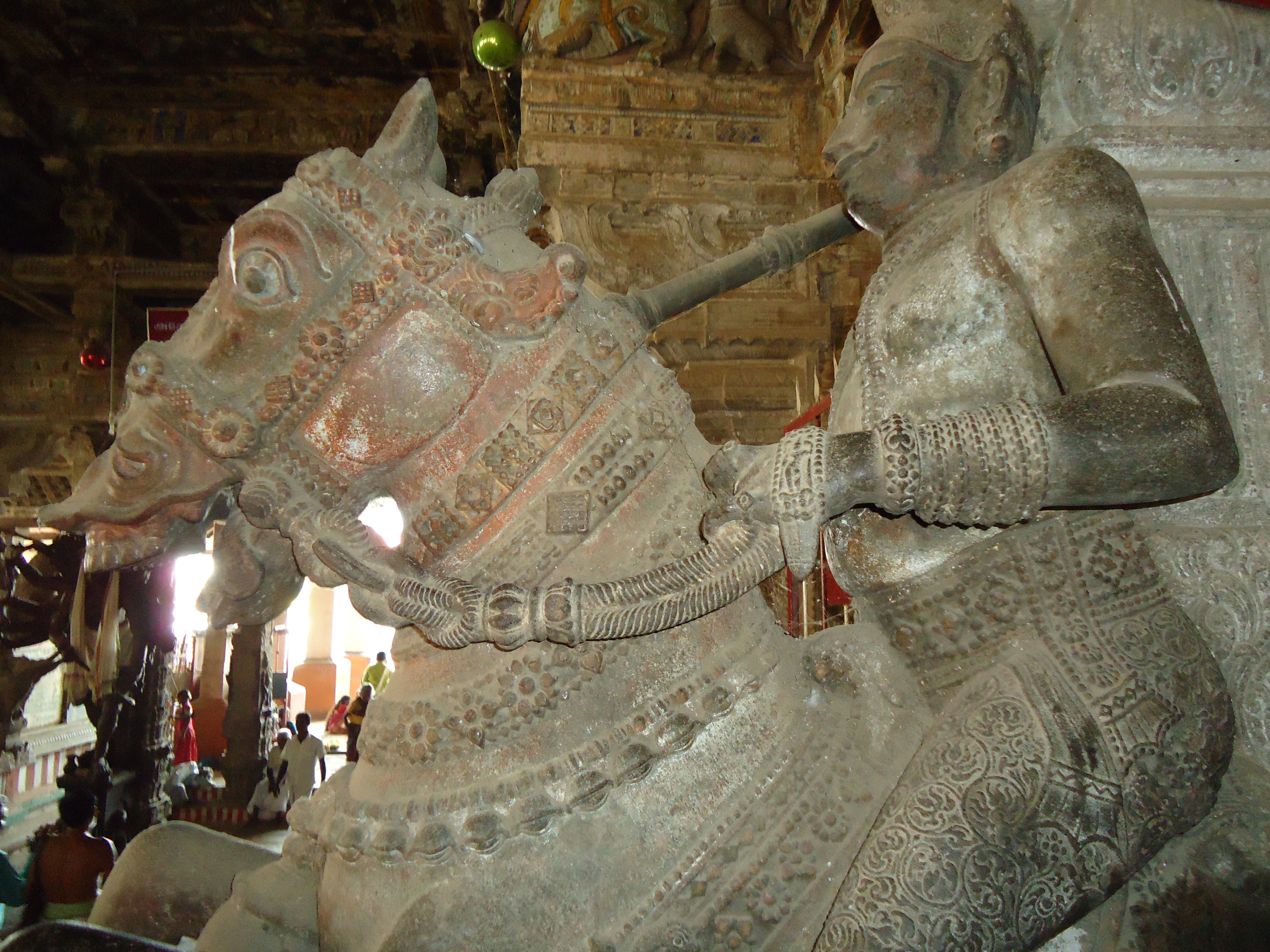Stone Carving
Stone Carving |
About: |
The famous arts and crafts of Tamil Nadu, in its earlier stages was highly influenced by the temple economy that prevailed for a long time in this part of the country. These rich temples of the region were like budding ground for the craftsmen who used get constant construction work in these temples and helping them to regularly upgrade their knowledge and experience. The ancient state whose culturally refined citizens were a firm practitioner of the celebrated trio of Iyal (Literature), Isai (Music) and Nadagam (Drama) flourished under the auspices of the rulers of the Pallava, Chola, Pandya and Vijayanagar dynasties. Tamil Nadu is known as the city of temples and is renowned for its architectural landmarks that contain ornate stone sculpture. Stone carving have reached a high degree of excellence in this southern state very early in history. Today, granite carving is confined to the areas around Mamallapuram and Chingleput. The famous sculptors here belong to the Vishwakarma or Kammaalar community. A subsidiary form of carving is soapstone or maakal carving, found in the region between Pondicherry and Cuddalore and around Salem. |
Location: |
| Pondicherry and Cuddalore and around Salem. Tamil Nadu,Other examples include the Chidambaram temple with its 108 karanas of the Natya Shaastra/the canon of dance. the Ekambareshwara and Varadaraaja temples of Kanchipuram, the Meenakshi temple at Madurai, with its numerous sculptures, magnificent proportions, thousand-pillared mandapas, pillars of stone, towering gopurams/towers, larger than life sized reliefs and the long corridor of the Rameshwaram temple. |
History: |
| Granite is easily available in Tamil Nadu and a large number of temples are carved of this stone. Pallava stone carvings which show a high degree of skill and craftsmanship evolved in the 6th century and the rock-cut caves of Mamallapuram, stone rathas/chariots and the stone shore temples are part of this expression. Great stone temples and carvings also date from the Chola period: examples of these are the Brihadeshwara temple at Thanjavur with its numerous carvings, the temple at Gangaikondacholapuram, the Airavathesvara temple at Darasuram and the Kampahareshvara temple at Thribhuvanam. |
Features: |
| The Shilpa Shaastras or the treatise on crafts detail the measurements and techniques of sculpting, the quality of stone, its maturity, texture, colour and so on. The stone used by the sculptor is hard so that it does not lose its shape easily or chip unexpectedly. The stone should have no flaws or kalanga (stain), rekha(patch) or bindu(spot). The tools used by the sculptors are made of mild steel in various sizes. To prevent the stone from cracking from the vibration of the instrument, the image is always carved with the stone laid flat on the ground whether the posture is seated or standing. |
Usefull Links |
craftandartisans.com:http://www.craftandartisans.com/granite-stone-carving-of-tamil-nadu.html mapsofindia.com:http://www.mapsofindia.com/tamilnadu/arts-and-crafts/stone-carvings.html |

